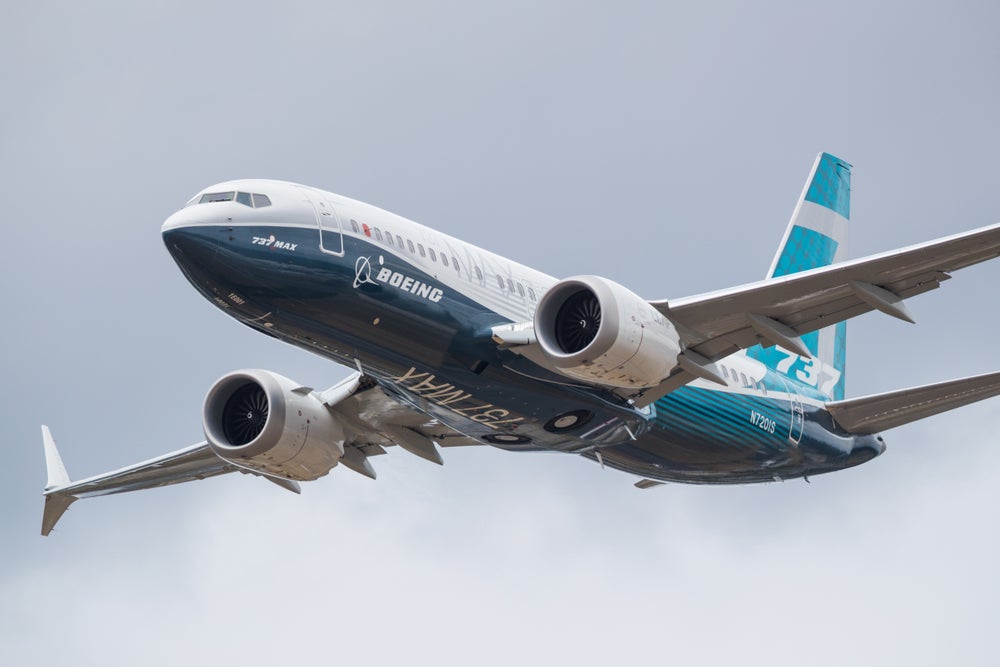Boeing’s Strategic Shift: Navigating Tariff Turbulence and Market Challenges
Boeing CEO Kelly Ortberg announced a major production strategy overhaul this week as the aerospace giant grapples with halted deliveries to China amid escalating trade tensions. The Chicago-based company will prioritize flexibility in its supply chain and aircraft manufacturing processes to mitigate the impact of tariffs and shifting global demand. This recalibration comes as Boeing faces mounting pressure from airlines seeking timely deliveries while navigating an increasingly complex geopolitical landscape.
Trade Tensions Force Production Reassessment
The aviation titan finds itself caught in the crossfire of ongoing U.S.-China trade disputes, with approximately 140 completed 737 MAX jets currently grounded in Washington state due to delivery restrictions to Chinese carriers. Industry analysts estimate this backlog represents nearly $7 billion in potential revenue currently stuck in limbo.
“We’re seeing a fundamental shift in how global trade operates,” Ortberg stated during Boeing’s quarterly earnings call. “Our revised approach focuses on building resilience into every stage of production while maintaining our commitment to customers worldwide.”
Key elements of the new strategy include:
- Dynamic production rate adjustments based on regional demand
- Increased supplier diversification to reduce tariff vulnerabilities
- Enhanced inventory management for critical components
- Closer collaboration with airline partners on delivery timelines
The China Conundrum: Balancing Market Access and Profitability
China represents Boeing’s largest international market, accounting for nearly 25% of all commercial aircraft deliveries pre-pandemic. However, the combination of COVID-related travel slumps and 15% retaliatory tariffs on U.S.-built planes has created unprecedented challenges. Aviation consultancy Leeham Network estimates Chinese airlines have deferred or canceled about 200 Boeing orders since 2020.
“Boeing’s predicament highlights the delicate dance between global manufacturing and national trade policies,” observed Dr. Miranda Cheng, aerospace economist at the Peterson Institute for International Economics. “When geopolitical tensions flare, even the most established supply chains can unravel surprisingly quickly.”
The company has begun exploring creative solutions, including:
- Potential final assembly completion in tariff-neutral territories
- Increased leasing arrangements through third-party partners
- Enhanced maintenance and training packages to offset higher aircraft costs
Competitive Landscape: Airbus Gains Ground
As Boeing contends with trade headwinds, European rival Airbus has capitalized on the situation. The Toulouse-based manufacturer delivered 72 aircraft to Chinese carriers in 2022 compared to Boeing’s 8, according to Cirium fleet data. This stark contrast underscores how trade policies can reshape competitive dynamics almost overnight.
“Airbus isn’t immune to supply chain issues, but they’ve certainly benefited from more stable EU-China relations,” noted aviation analyst Richard Aboulafia of Teal Group. “Boeing needs to demonstrate it can adapt to this new reality where trade policy decisions carry as much weight as engineering excellence.”
The production shift comes at a critical juncture for Boeing, which only recently regained its position as the world’s largest plane maker by deliveries after three turbulent years. The company reported 480 commercial aircraft deliveries in 2022, narrowly edging out Airbus’s 476, but maintains a substantial backlog of 4,527 unfilled orders.
Long-Term Implications for Aerospace Manufacturing
Industry experts suggest Boeing’s strategic pivot may signal broader changes in how multinational manufacturers approach global operations. The traditional model of centralized production with worldwide distribution appears increasingly vulnerable to geopolitical shocks and trade disputes.
“We’re witnessing the end of a 30-year era of unfettered globalization in aerospace,” said Cheng. “Future success will belong to companies that build regional flexibility into their DNA while maintaining global quality standards.”
Boeing’s revised approach includes several forward-looking initiatives:
- Expanded partnerships with local suppliers in key markets
- Increased investment in digital manufacturing technologies
- Development of more tariff-resistant business models
- Enhanced scenario planning for potential trade disruptions
What’s Next for Boeing and the Aviation Industry?
As Boeing implements its new strategy, industry watchers will monitor several key indicators in coming quarters. These include delivery rates to non-Chinese carriers that might absorb some excess capacity, progress on tariff negotiations between Washington and Beijing, and any signs of similar strategic shifts by other major manufacturers.
The company maintains cautious optimism about eventual normalization of China deliveries, with Ortberg noting, “While we adjust to current realities, we continue constructive dialogue with all stakeholders. The fundamental growth trajectory of Chinese aviation remains compelling long-term.”
For airlines, aircraft lessors, and suppliers, Boeing’s moves underscore the growing importance of building flexibility into their own operations. As trade policies continue evolving, the ability to adapt quickly may separate industry leaders from laggards in the years ahead.
Aviation professionals seeking deeper analysis of these market shifts can access our exclusive industry report on strategic responses to trade volatility.
See more Business Focus Insider Team

